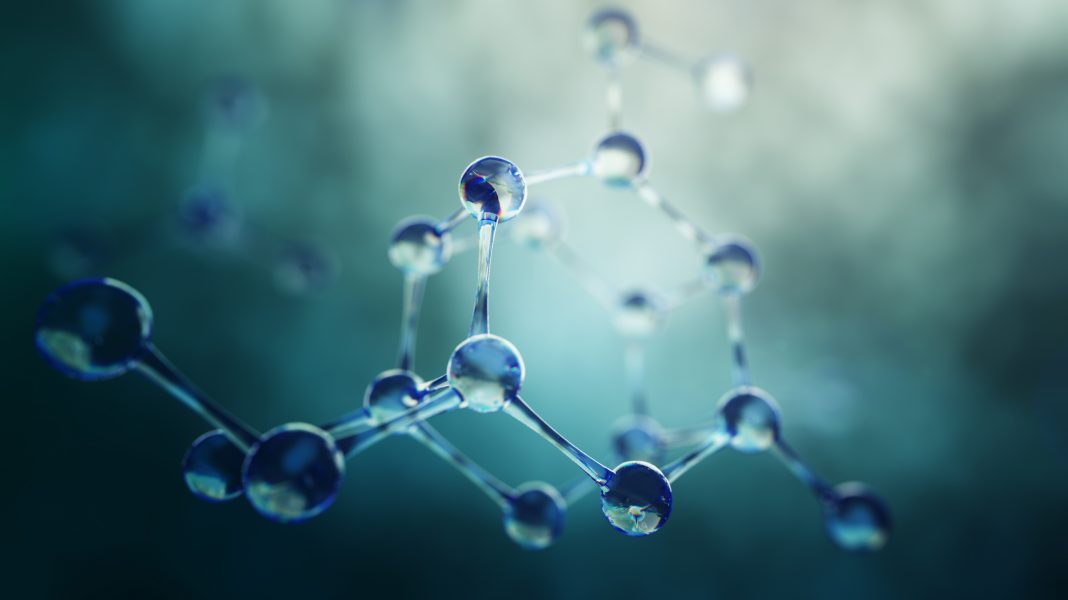Sotaro Uemura, Professor at the University of Tokyo, probes the individuality of cells and molecules
The Uemura Laboratory was established in the Division of Advanced Photon Life Sciences, part of the Department of Biological Sciences, Graduate School of Science, at the University of Tokyo. Our research centres on biophysics, focusing on studying single-molecule genetics, particularly the unique aspects of molecules and cells.
Human beings each have their distinct characteristics. Differences in things like gender, where we come from, physical attributes, health, and personality are examples.
Bringing all these different individual traits together creates diversity, and our society is built upon this diversity.
In society, we go through different life stages, such as moving up in school, getting jobs, sometimes getting sick, or experiencing accidents. This is how we live our lives, encountering various events along the way.
The individuality of cells and molecules
Interestingly, the cells and molecules that make up our bodies are just as unique as we are. They are constantly going through unexpected changes.
The “properties of cells” we learn about in school are just a basic introduction to their many characteristics. Because cells are so diverse, cancer cells, for example, some respond well to anti- cancer drugs, while others do not.
This is one of the reasons why treating cancer with medication can sometimes lead to the remaining cancer cells returning.
Among induced pluripotent stem (iPS) cells, which can transform into different cell types, some are cooperative and easily change into the desired cell type. In contrast, others are stubborn and refuse, saying, “I won’t become that cell!” Some cells are so unresponsive that they remain idle and don’t react to signals.
Similarly, cells are utterly unique. This also applies to the tiny building blocks of cells called “molecules.” Even when molecules are the same type, they act differently; some often make mistakes.
The individuality of cells research
In our lab, we use special techniques to study the individuality of cells and molecules in detail. By understanding their characteristics accurately, we aim to personalise disease diagnosis, develop drugs, and uncover how molecules work in our bodies.
Here, I would like to introduce two recent research findings.
The first is our discovery regarding the relationship between cancer cells and cell death. (1) Telomerase reverse transcriptase (TERT) is well-known as an enzyme that elongates the telomere region of DNA. Still, it was observed that cancer cells tend to accumulate it in mitochondria when subjected to stress. However, the reason behind this mitochondrial accumulation remained unknown. In our approach to this issue, we focused on the individuality of cells in terms of when they die.
We developed a visualisation method that did not inhibit the function of TERT and measured the individuality of TERT within cells at the single-cell level during the process leading to cell death in cancer cells. As a result, it was suggested for the first time that the accumulation of TERT in mitochondria induces slow cell death.
This achievement not only sheds light on the novel relationship between cancer cells and cell death but also holds promise for the development of new strategies in cancer treatment.
Next, I would like to introduce our research findings on measuring the activation individuality of immune cells, directly recovering newly activated immune cells, and performing genetic analysis immediately after activation. (2) Through this research, we identified specific gene groups expressed immediately after the critical activation of immune cells, which is crucial for immune responses.
This discovery, achieved by measuring the individuality of immune cell activation at the single-cell level, can potentially lead to new treatment discovery approaches for autoimmune diseases, allergies, asthma, and other immune-related diseases.
These research findings have emerged only through investigating cell individuality at the single-cell level.
Nanopore measurement technology
Lastly, I would like to introduce our ongoing nanopore single-molecule measurement technology development.
Nanopore measurement involves dividing an electrolyte solution into two regions on a membrane plane and applying voltage to each side. If there are no holes in the membrane plane, no electric current flows. However, if a single nano-sized pore is present, measuring the current value through this single pore becomes possible.
When molecules pass through the pore, the current is temporarily blocked only while the molecule is passing through. The pattern of this blocked current contains information about the molecule, and by applying this technology to identify the four DNA bases, the DNA can be sequenced without any labelling.
We are utilising this technology to measure the individuality of various biomolecules at the single-molecule level, not limited to DNA.
Additionally, we are working on developing techniques to detect specific molecules from biological samples. For instance, detecting specific molecular markers from biological samples like blood or saliva may be possible. Due to the necessity of machine learning for analysing the electrical waveform data, we are currently exploring various approaches.
If these developments progress, they may replace conventional measurement methods that heavily rely on antibodies and fluorescence.
References
- H. Ebata, T. Shima, R. Iizuka, and S. Uemura “Accumulation of TERT in Mitochondria Shows Two Opposing Effects on Apoptosis” FEBS Open Bio, in press (2023)
- Y. Tanaka, M. Yamagishi, Y. Motomura, T. Kamatani, Y. Oguchi, N. Suzuki, T. Kiniwa, H. Kabata, T. Tsunoda, F. Miya, K. Goda, O. Ohara, T. Funatsu, K. Fukunaga, K. Moro, S. Uemura* and Y. Shirasaki* “Time-Dependent Cell-State Selection identifies transiently expressed genes regulating ILC2 activation” Commun. Biol., in press, (2023)

This work is licensed under Creative Commons Attribution-NonCommercial-NoDerivatives 4.0 International.


